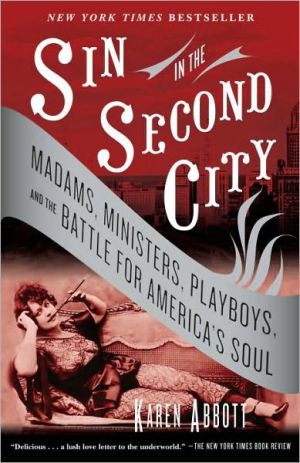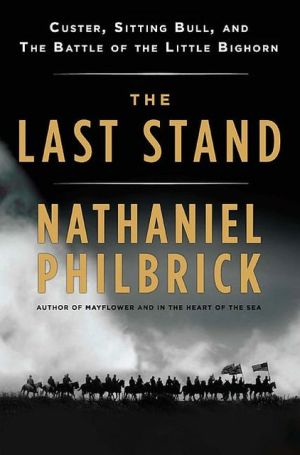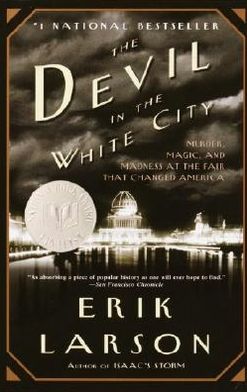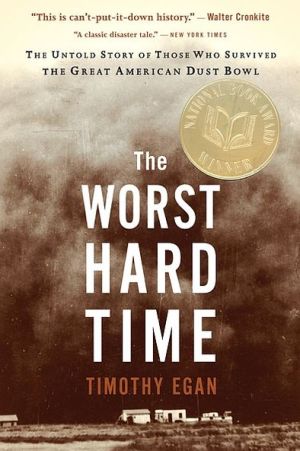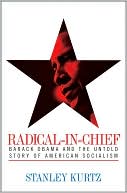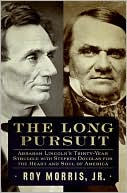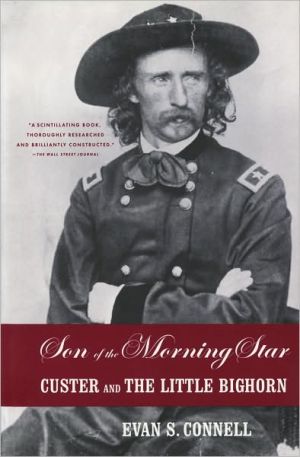Sin in the Second City: Madams, Ministers, Playboys, and the Battle for America's Soul
Step into the perfumed parlors of the Everleigh Club, the most famous brothel in American history-and the catalyst for a culture war that rocked the nation. Operating in Chicago's notorious Levee district at the dawn of the twentieth century, the club's proprietors, two aristocratic sisters named Minna and Ada Everleigh, welcomed moguls and actors, senators and athletes, foreign dignitaries and literary icons, into their stately double mansion, where thirty stunning Everleigh "butterflies"...
Search in google:
Step into the perfumed parlors of the Everleigh Club, the most famous brothel in American history. Culminating in a dramatic last stand between brothel keepers and crusading reformers, this audiobook presents a vivid snapshot of Americas journey from Victorian-era propriety to 20th-century modernity. Unabridged. 10 CDs. The New York Times Book Review - Ada Calhoun Sin in the Second City, a delicious history by Karen Abbott, makes a case for the cultural importance of the Everleigh Club, which from 1900 to 1911 classed up the Levee district, the basest part of a town that rivaled Tammany Hall-era New York for corruption. The club played host to Theodore Dreiser, Prince Henry of Prussia and Jack Johnson, and served as a national example of decadence run amok…Abbott…describes the Levee's characters—among them Ike Bloom, Hinky Dink Kenna and Bathhouse John Coughlin (the city's self-proclaimed poet "lariat")—in such detail that it's easy to mistake this meticulously researched history for literary fiction. Like Luc Sante's Low Life, Sin in the Second City is a lush love letter to the underworld.
Author's Note: The Girls Who Disappeared xiCast of Characters xvPrologue: Angels of the Line xixThe Scarlet Sisters EverleighStriped Skunk and Wild Onions 2Another Uncle Tom's Cabin 14Getting Everleighed 17The Demon of Lust Lies in Wait 28Lovely Little Lies 31The Stories Everyone Knew 47Lords and Ladies of the Levee 51Great in Religion, Great in Sin 64Knowing Your Balzac 67Invocation 83Millionaire Playboy Shot-Accident or Murder? 88Flesh and Bone, Body and SoulMidnight Toil and Peril 100Ultra Decollete and Other Evils 107The Brilliant Entrance to Hell Itself 114The Tragedy of Mona Marshall 119Men and Their Baser Mischiefs 128Dispatch from the U.S. Immigration Commission 139More Immoral Than Heathen China 141The Organizer 153It Don't Never Get Good Until Three in the Morning 160Dispatch from the U.S. Immigration Commission 175Judgment Days 177Have You a Girl toSpare? 184Dispatch from the U.S. Immigration Commission 191So Many Nice Young Men 193Immoral Purposes, Whatever Those Are 204Fighting for the Protection of Our GirlsMillionaire Playboy Dead-Morphine or Madam? 210Girls Going Wrong 218A Lost Soul 225The Social Evil in Chicago 231Painted, Peroxided, Bedizened 239You Get Everything in a Lifetime 247Dangerous Elements 259Just How Wicked 270Fallen Is Babylon 279Little Lost Sister 285Acknowledgments 299Notes and Sources 303Bibliography 331Index 341Illustration and Photograph Credits 355
\ Janet MaslinSin and the Second City is assiduously researched. And it is well put together, mixing brief and longer chapters rather than striving for a more arbitrary format. But Ms. Abbott has to narrate and debunk, and her task is complicated. She had to wade through mountains of tabloid coverage about young women forced into prostitution; one such case, about a woman named Mona Marshall, whose story did not stand up to close scrutiny, generated about a half-million pages of newspaper attention. It's no small matter to sift the facts from the hyperbole.\ —The New York Times\ \ \ \ \ Ada CalhounSin in the Second City, a delicious history by Karen Abbott, makes a case for the cultural importance of the Everleigh Club, which from 1900 to 1911 classed up the Levee district, the basest part of a town that rivaled Tammany Hall-era New York for corruption. The club played host to Theodore Dreiser, Prince Henry of Prussia and Jack Johnson, and served as a national example of decadence run amok…Abbott…describes the Levee's characters—among them Ike Bloom, Hinky Dink Kenna and Bathhouse John Coughlin (the city's self-proclaimed poet "lariat")—in such detail that it's easy to mistake this meticulously researched history for literary fiction. Like Luc Sante's Low Life, Sin in the Second City is a lush love letter to the underworld.\ —The New York Times Book Review\ \ \ Publishers WeeklyFreelance journalist Abbott's vibrant first book probes the titillating milieu of the posh, world-famous Everleigh Club brothel that operated from 1900 to 1911 on Chicago's Near South Side. The madams, Ada and Minna Everleigh, were sisters whose shifting identities had them as traveling actors, Edgar Allan Poe's relatives, Kentucky debutantes fleeing violent husbands and daughters of a once-wealthy Virginia lawyer crushed by the Civil War. While lesser whorehouses specialized in deflowering virgins, beatings and bondage, the Everleighs spoiled their whores with couture gowns, gourmet meals and extraordinary salaries. The bordello-which boasted three stringed orchestras and a room of 1,000 mirrors-attracted such patrons as Theodore Dreiser, John Barrymore and Prussian Prince Henry. But the successful cathouse was implicated in the 1905 shooting of department store heir Marshall Field Jr. and inevitably became the target of rivals and reformers alike. Madam Vic Shaw tried to frame the Everleighs for a millionaire playboy's drug overdose, Rev. Ernest Bell preached nightly outside the club and ambitious Chicago state's attorney Clifford Roe built his career on the promise of obliterating white slavery. With colorful characters, this is an entertaining, well-researched slice of Windy City history. Photos. (July)\ Copyright 2007 Reed Business Information\ \ \ \ \ Library JournalAn early 1900s Chicago brothel called the Everleigh Club was so high-toned (gourmet meals, discussions of Longfellow) that rival brothels plotted against it. Then Progressives made everyone afraid of "white slavery." The publisher suspects that this may be a sleeper hit. Copyright 2007 Reed Business Information.\ \ \ \ \ Library JournalMining the sources of the "purity journal" Vigilanceand its predecessor, Philanthropist, as well as Chicago newspapers, government reports, and other archival sources, journalist and first-time author Abbott chronicles the history of the Everleigh Club that operated on Chicago's Near South Side from 1900 to 1911. At this renowned high-class brothel, enterprising sisters Ada and Minna Everleigh challenged the stereotype of the victimized immature woman by hiring only willing adults whose comportment, education, meals, and health they closely monitored. Paradoxically, "scarlet sisters" in the club had to abide by stated rules, such as abstaining from drugs in order to remain at a house for which there was a wait list of job seekers. Protected for a while through its patronage by politicians, sports figures, businessmen, and writers, the club finally succumbed when a moral purity campaign closed it and the other bordellos in the Windy City's red light district. Abbott's character sketches of individuals such as "Bathhouse" John Coughlin, Michael "Hinky-Dink" Kenna, and James "Big Jim" Colosino make this engaging study read like a novel. A complement to similarly focused studies of New York City, e.g., Timothy Gilfoyle's City of Erosand Elizabeth Clement's Love for Sale; recommended for the general public and social historians alike.\ —Frederick J. Augustyn\ \ \ \ \ \ Kirkus ReviewsAtlanta-based journalist Abbott debuts with a dispatch from the seething underbelly of old-time Chicago, where a pair of sisters ran the finest whorehouse in the land. The most famous madams of their day, Minna and Ada Everleigh originally came from money in the South-or so they said; their accounts of their background were laced with blarney and hokum. What is fact is that in 1899, after a short stint running a cathouse in Omaha that didn't have the high-flying clientele they wanted, the sisters found a spot with everything they were looking for: Chicago's Levee district. An iniquitous den of vice and ribaldry on the Near South Side, the Levee offered the Everleighs a wide-open red-light district in which to ply their trade and easy access to cash-flush customers looking for good times with just a touch more class. According to Abbott's highly engaging and personable account, the Everleigh Club was something to behold, especially in a neighborhood known for its 50-cent tricks and places called the Bucket of Blood or Why Not? It boasted a dining room paneled in mahogany, a fountain that sprayed perfume into the air, astronomic door fees and stunning women, cherry-picked from the city's thousands of Sister Carries. (The well-read sisters were chummy with Carrie's author, Theodore Dreiser, as well as Edgar Lee Masters.) As the Everleighs raked in money, bluenoses grew concerned about women being forced into prostitution, and local reformers pushed the (usually fictional) horrors of the supposedly widespread white slave trade, which more than one clueless do-gooder had the gall to claim was many times worse than the African slave trade. Abbott tells a reliably dramatic story, though it'sclear early on that the odds were stacked against the sisters, no matter how many powerful politicians and gangsters they befriended. A rollicking tale from a more vibrant time: history to a ragtime beat.\ \ \ \ \ From the Publisher"“Sin in the Second City is a masterful history lesson, a harrowing biography, and—-best of all—-a superfun read . I can't recommend this book loudly enough.” —-Darin Strauss, author of Chang and Eng"\ \
